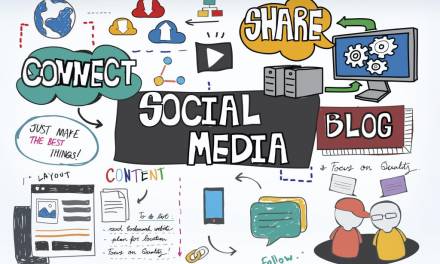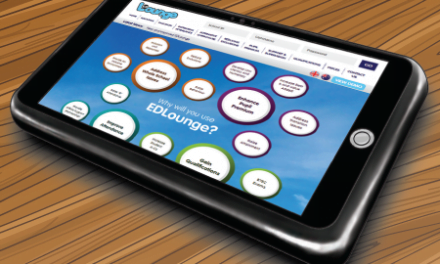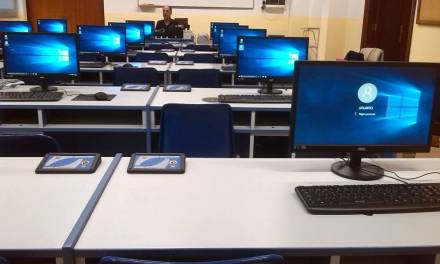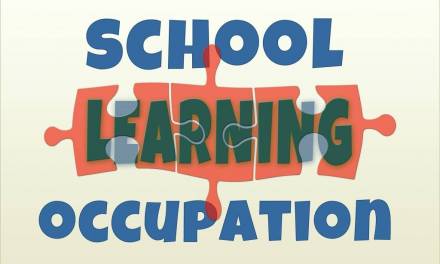You may have heard the news. Apparently handwriting is soon to become obsolete.
To be a well-favoured man is the gift of fortune; but to write and read comes by nature.
The Bard had many things to say about writing, but we’re not so sure what he’d have to say about the prospect of handwriting being committed to the confines of history.
However, for those of us who are dedicated to the idea of writing being indispensable, comfort can be taken in the fact that the death of writing (and reading) was discussed as early as 1987 and then promptly rejected by commentators.
That said, traditional applications of writing are rapidly disappearing and being displaced by technological equivalents.
In 1987, using cassette tapes and videos to replace reading and writing seemed unnecessarily laborious. Smartphones, tablets, computers, e-readers, and digital formats that can be easily edited could now facilitate the obsolescence of traditional forms of communication.
Does the move to use more technology have a notable impact on literacy?
82 per cent of teachers believe students are losing traditional skills such as handwriting and mental arithmetic due to an over-reliance on technology.
Technology is changing the ways in which we communicate, educate and learn. However, whilst technology can empower us and help us make efficiencies, right now there’s a very real, detrimental impact of the loss of handwriting to technology.
This is perfectly demonstrated in our pupils’ grades, as 64% of teachers have reported illegible writing to have “prevented them from awarding the full marks a student deserved” (The Guardian).
What’s more, apart from the potential negative implications of not being able to write coherently, is the fact that learning to write adeptly delivers many other advantages. These include the development of cognitive abilities, co-ordination and fine motor skills.
When your great-great-grandchildren find that letter of yours in the attic, they’ll have to take it to a specialist, an old guy at the library who would decipher the strange symbols for them.
Rather depressingly, students may not be too concerned about the consequences of falling out of favour with handwriting. 35% of teachers have reported discovering emoticons in exam answers (an opportune moment for a ‘sad face’ for educators if ever there was one).
Perhaps an answer may lie in our embracing of technology and handwriting, together – with tech such as whiteboards and features such as on-screen writing on phones and tablets.
It’s quite clear that writing is indeed changing. However since its conception in around 4000BC, writing has undergone multiple, significant transformations – from stone tablets, to paper, to print, to ballpoint pens. This may simply be the next stage in its evolution.
But is this next stage of evolution something to welcome and look forward to or should we be wary of losing one of the essential skills that has helped drive our own development as a species?









